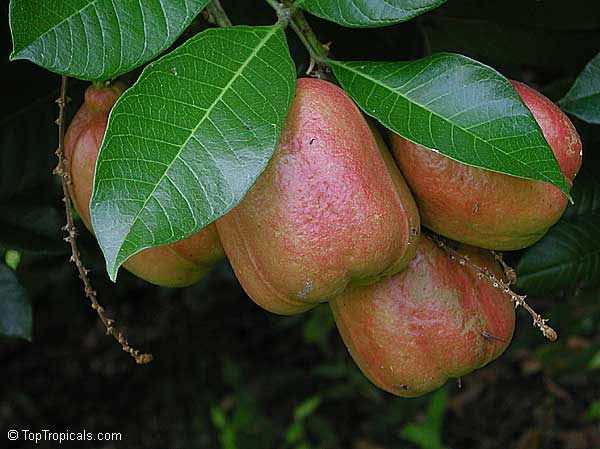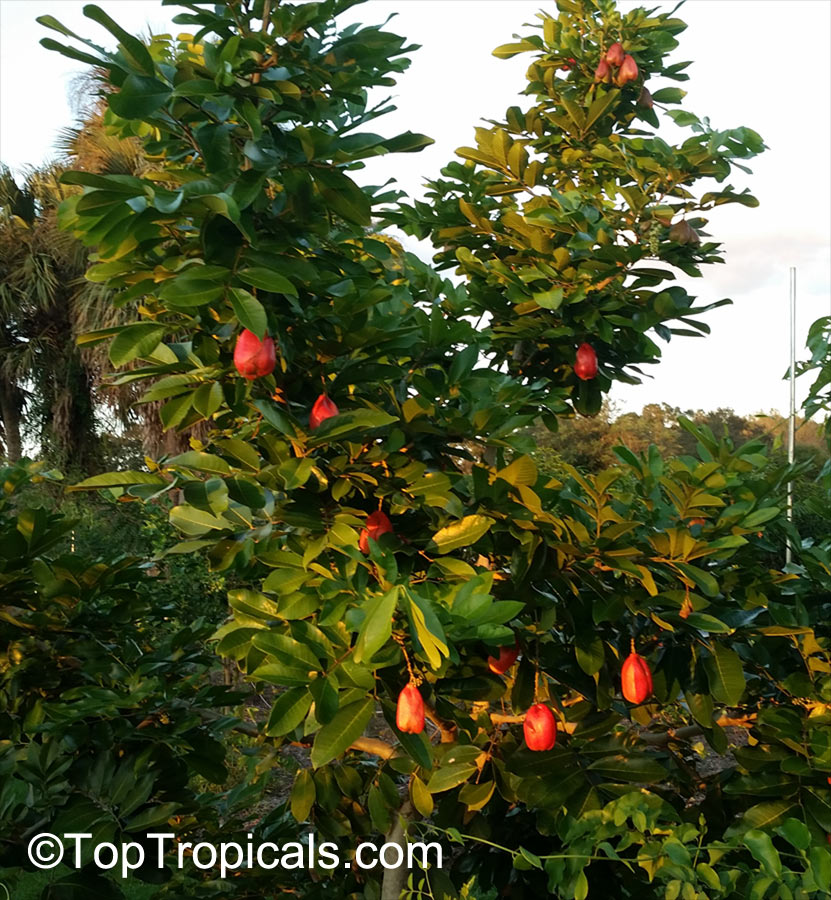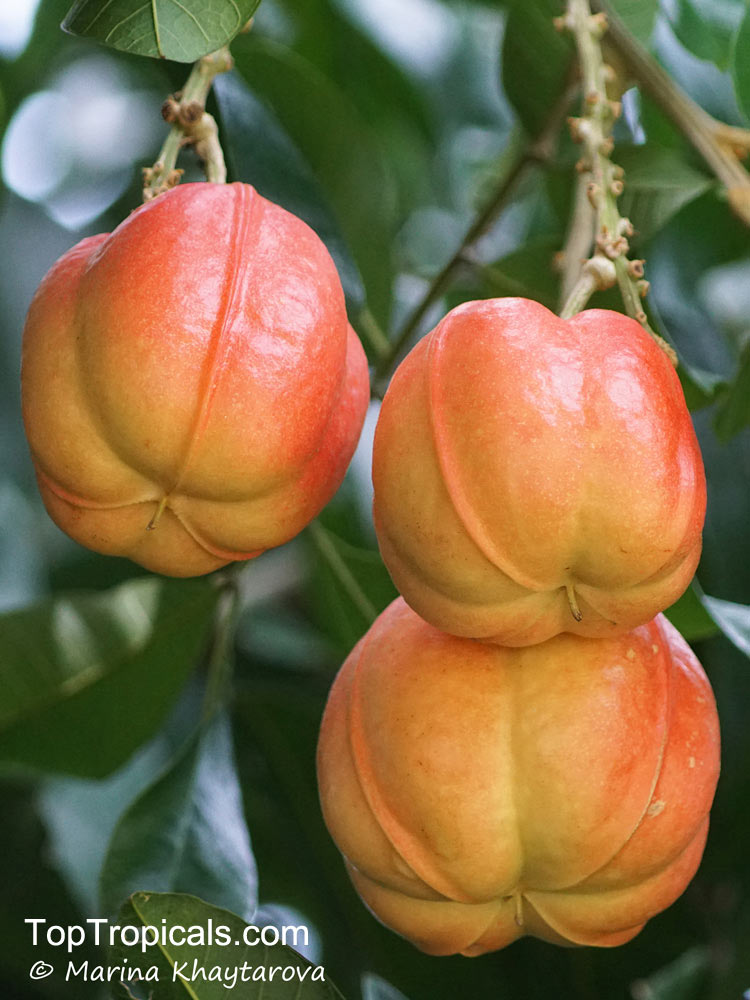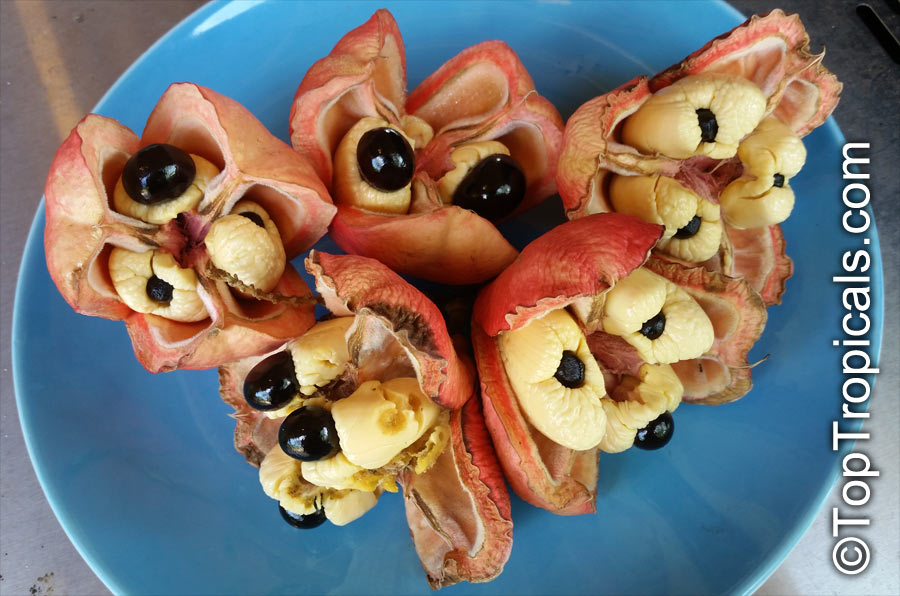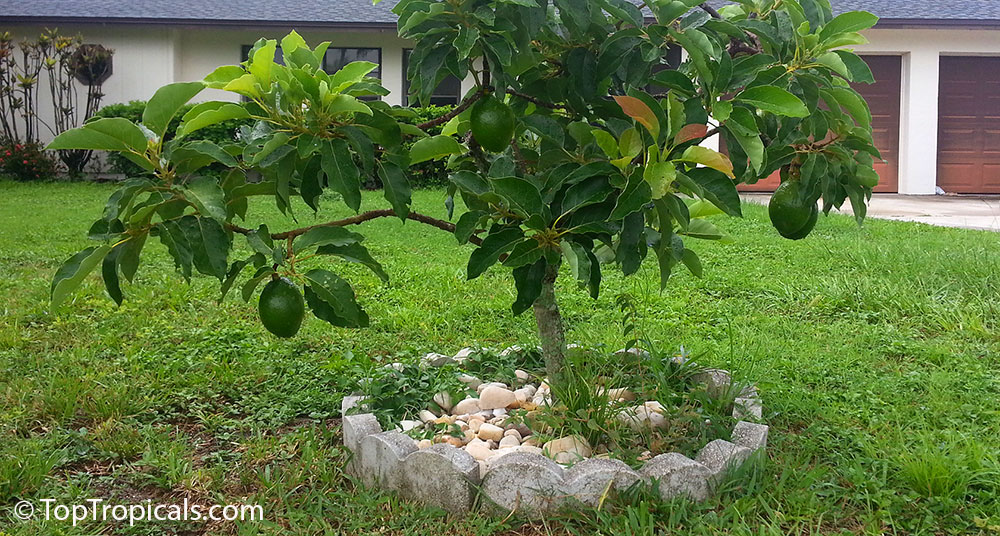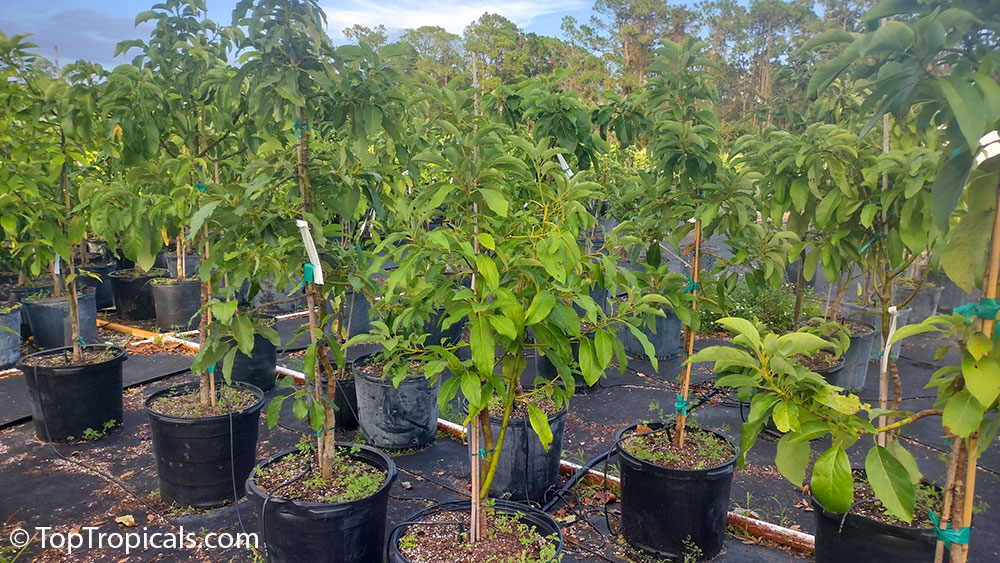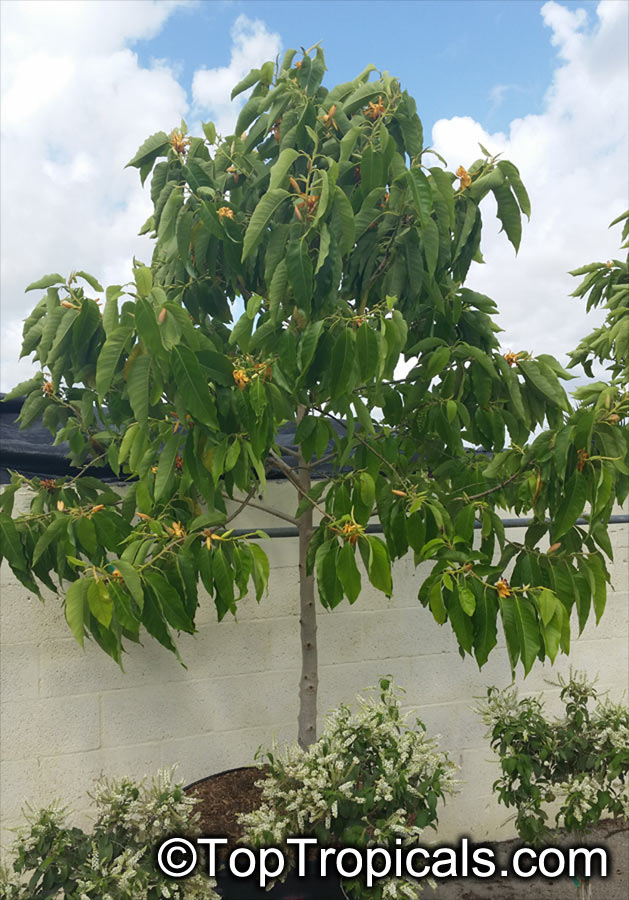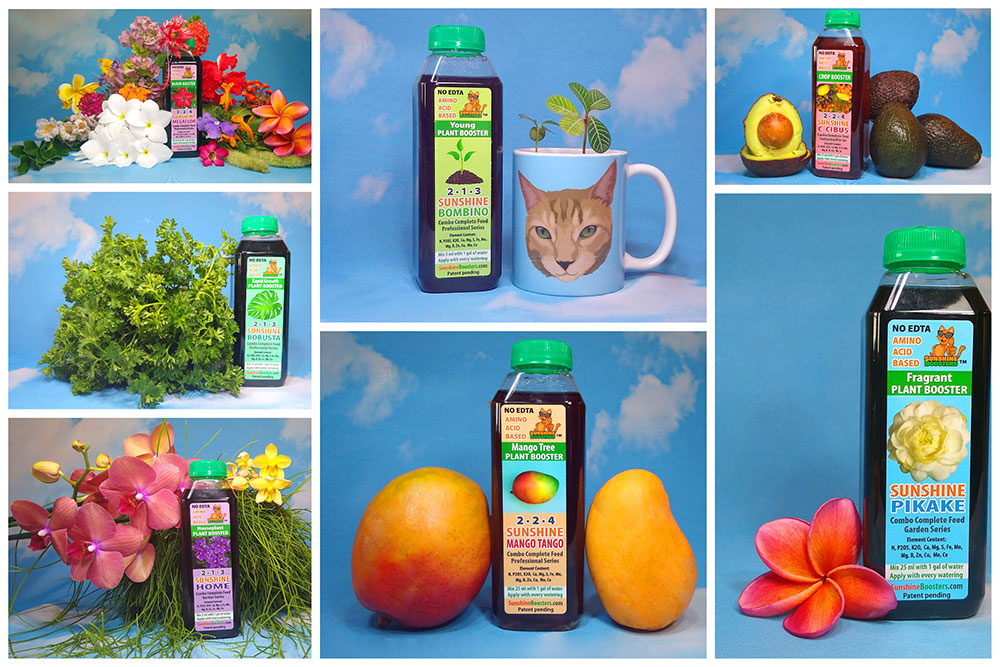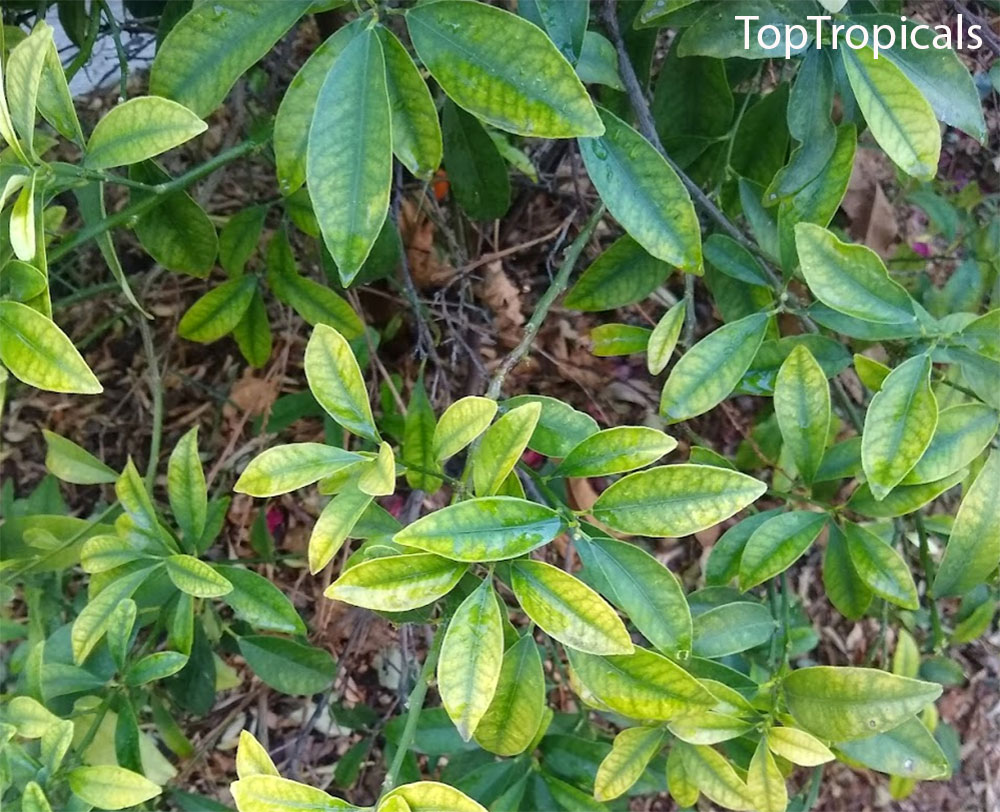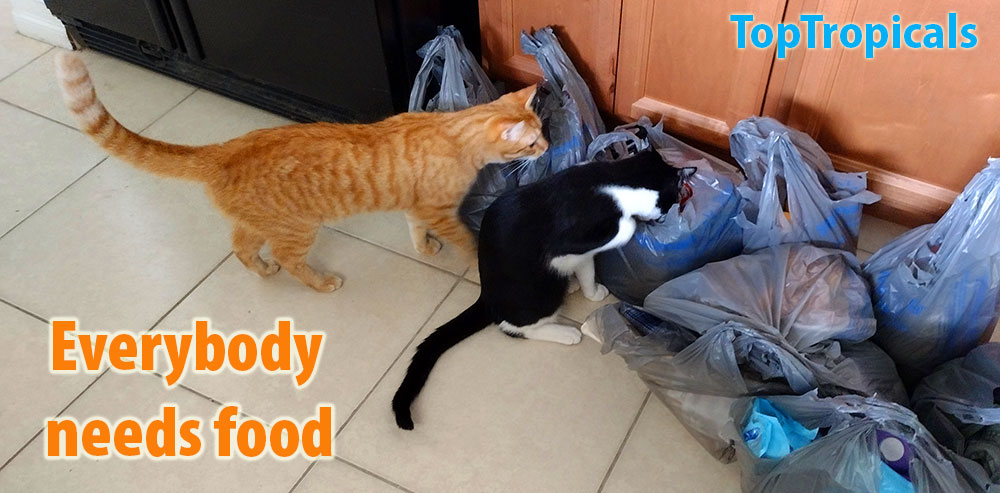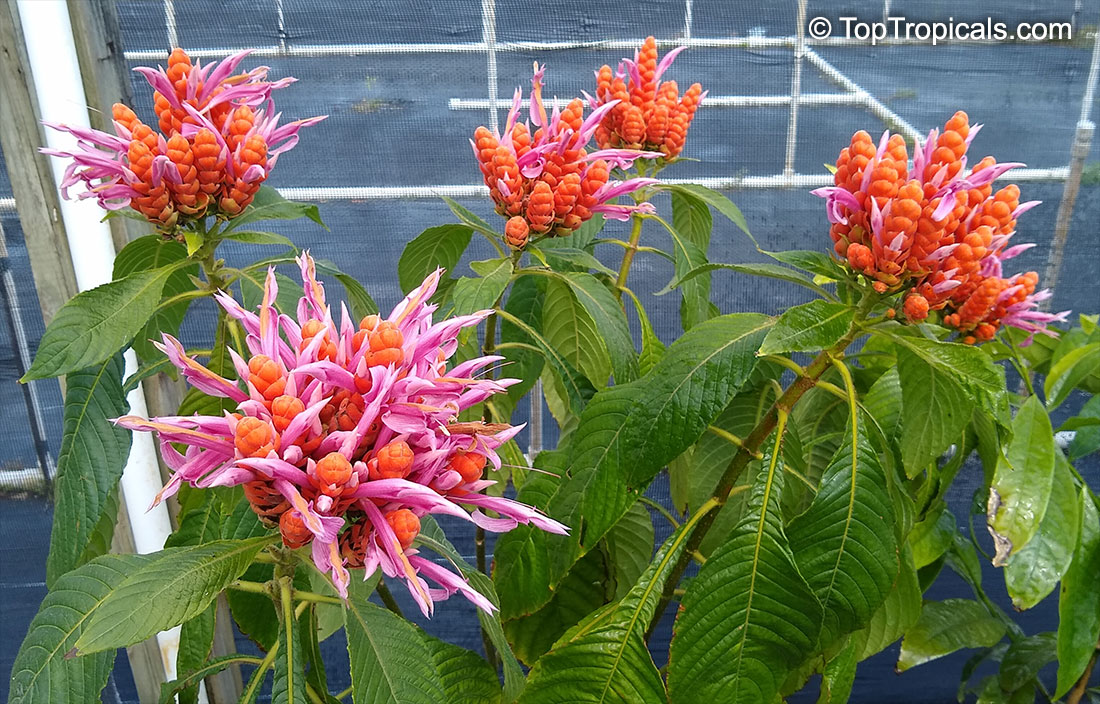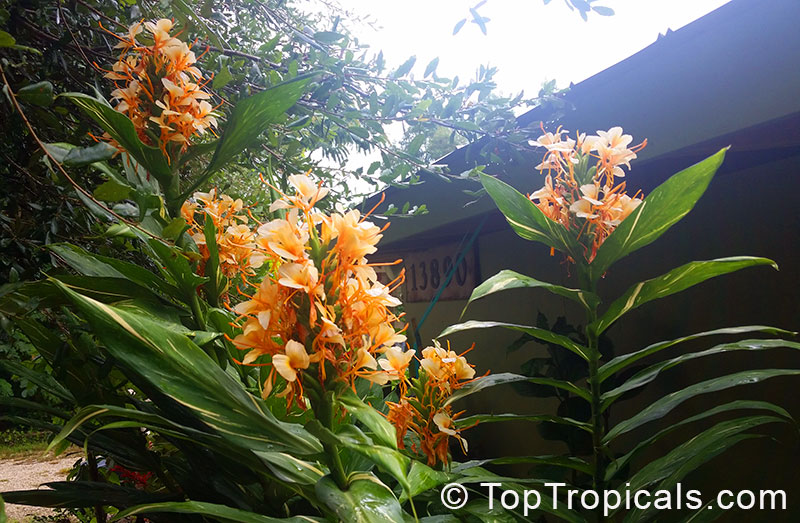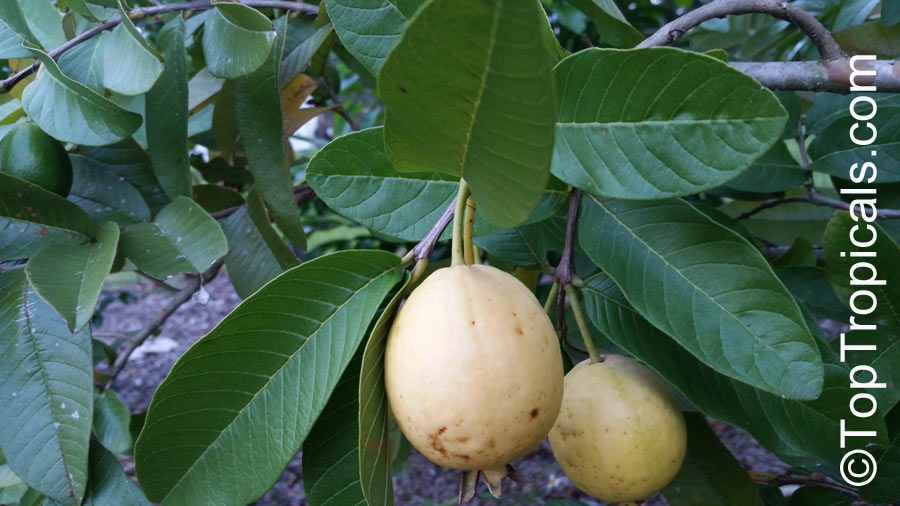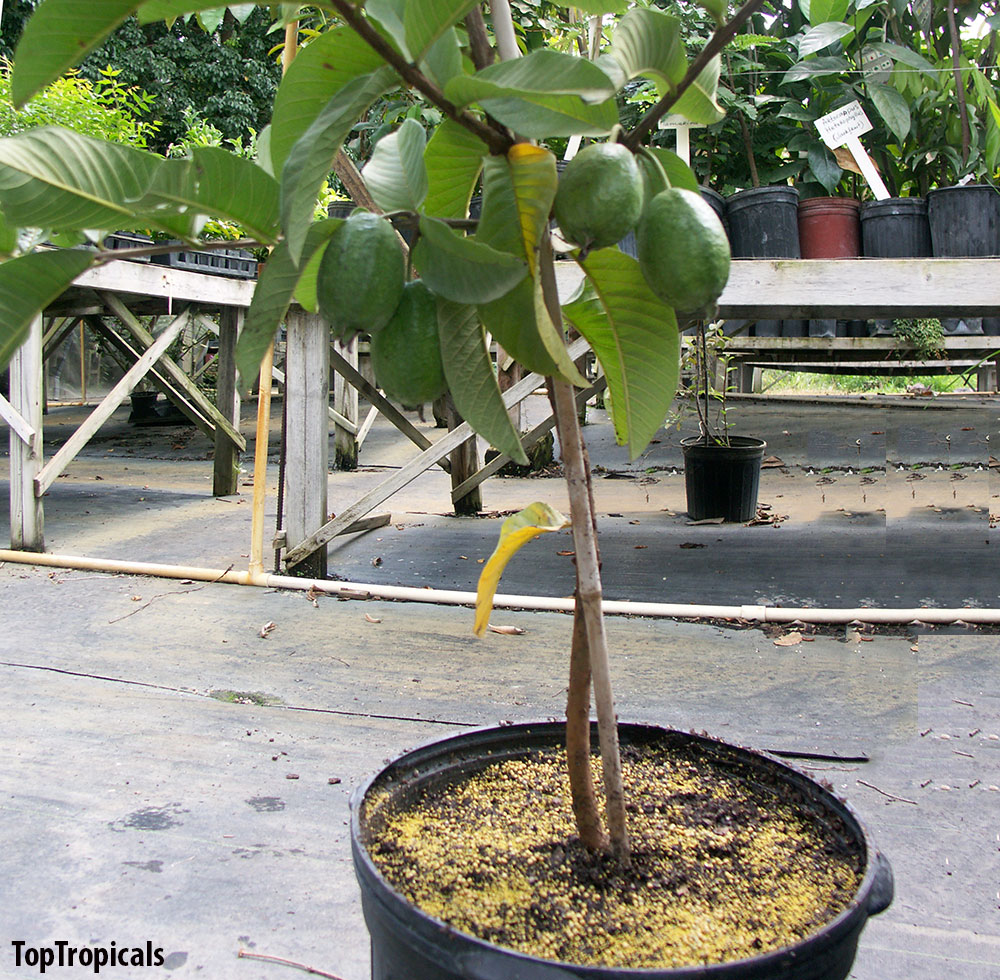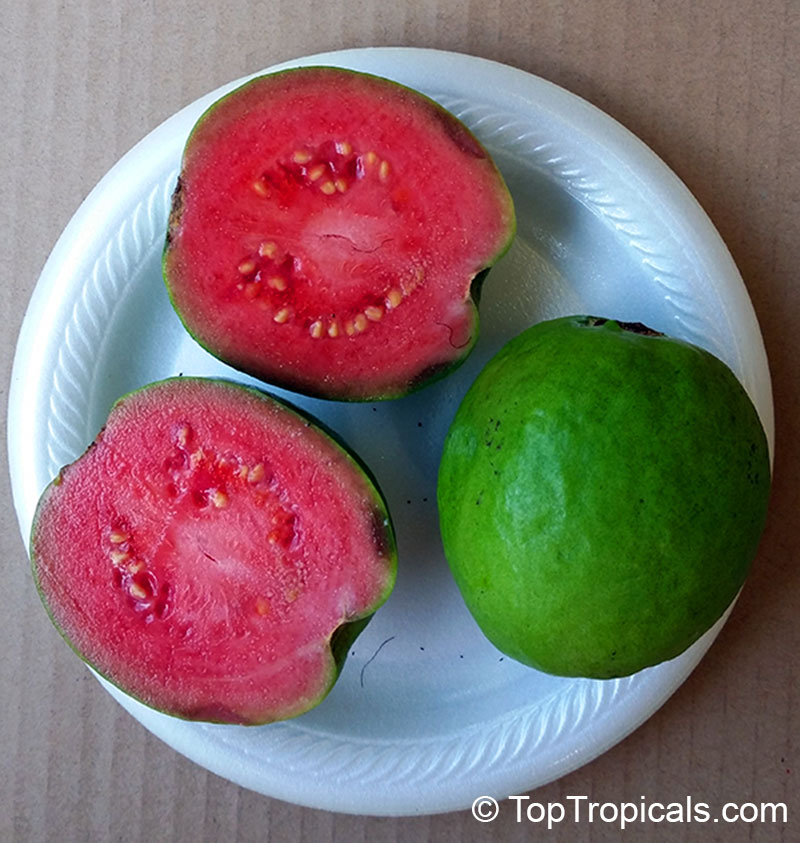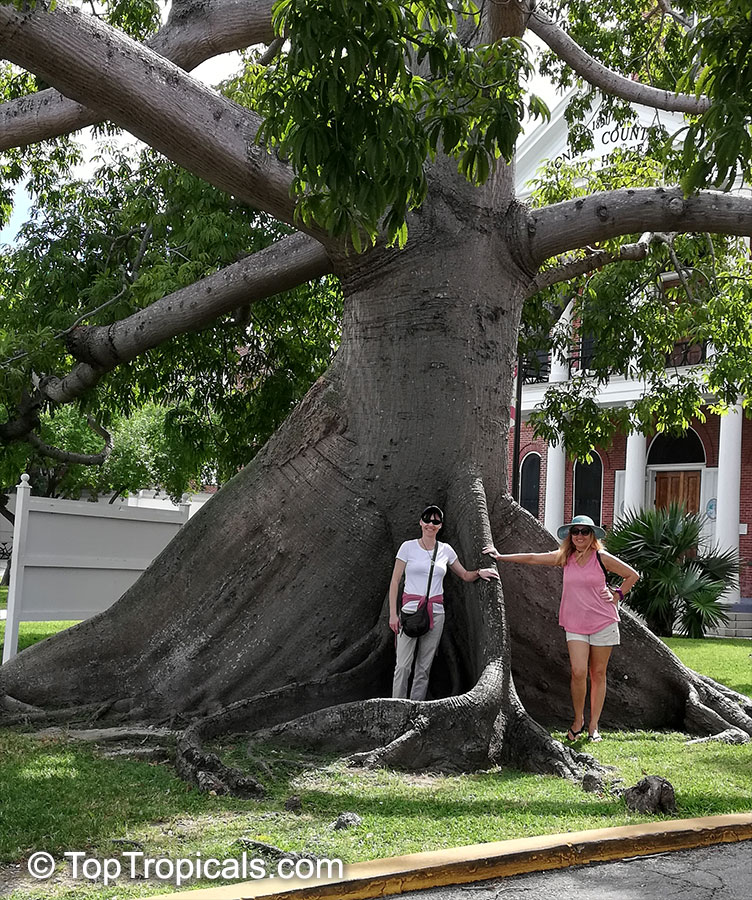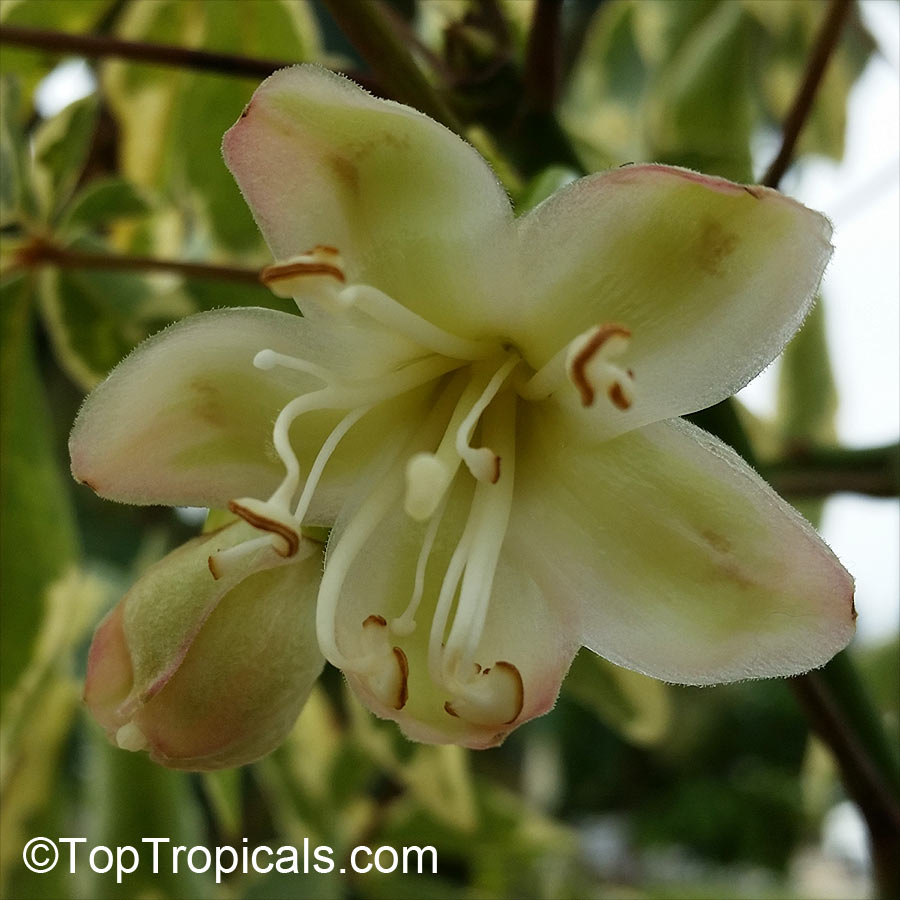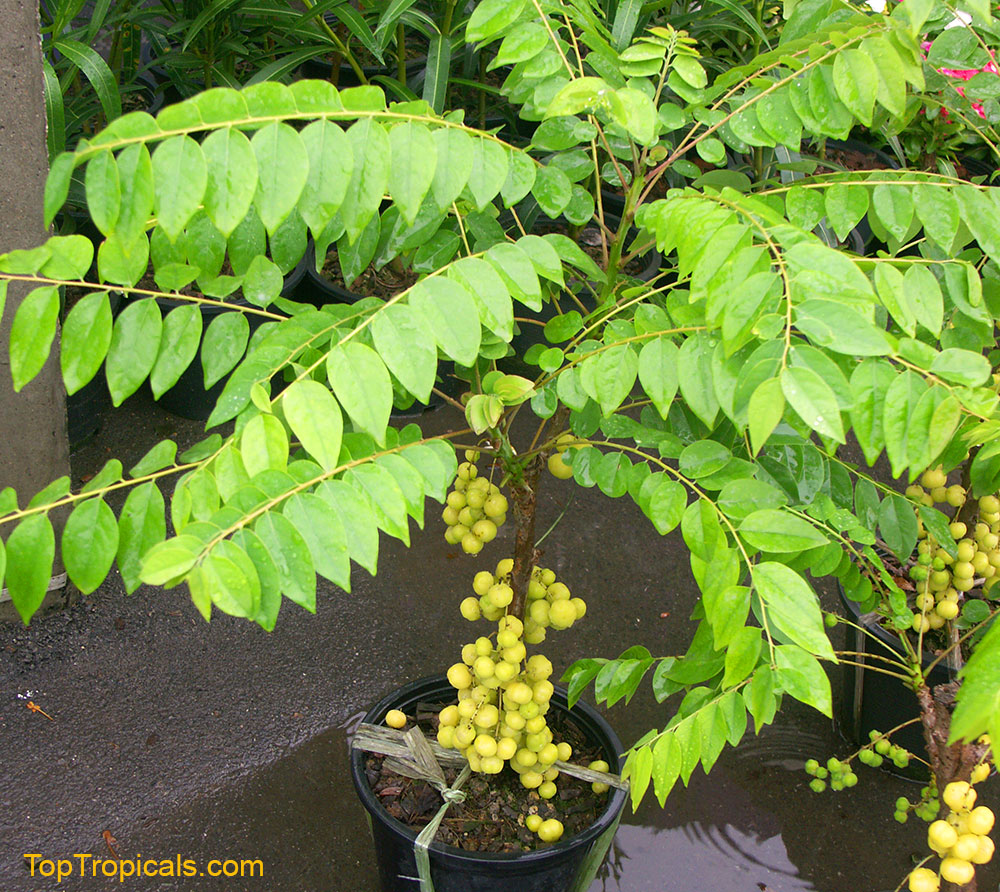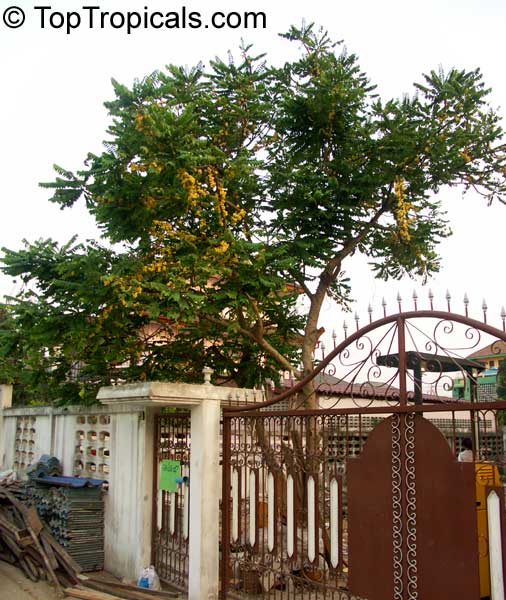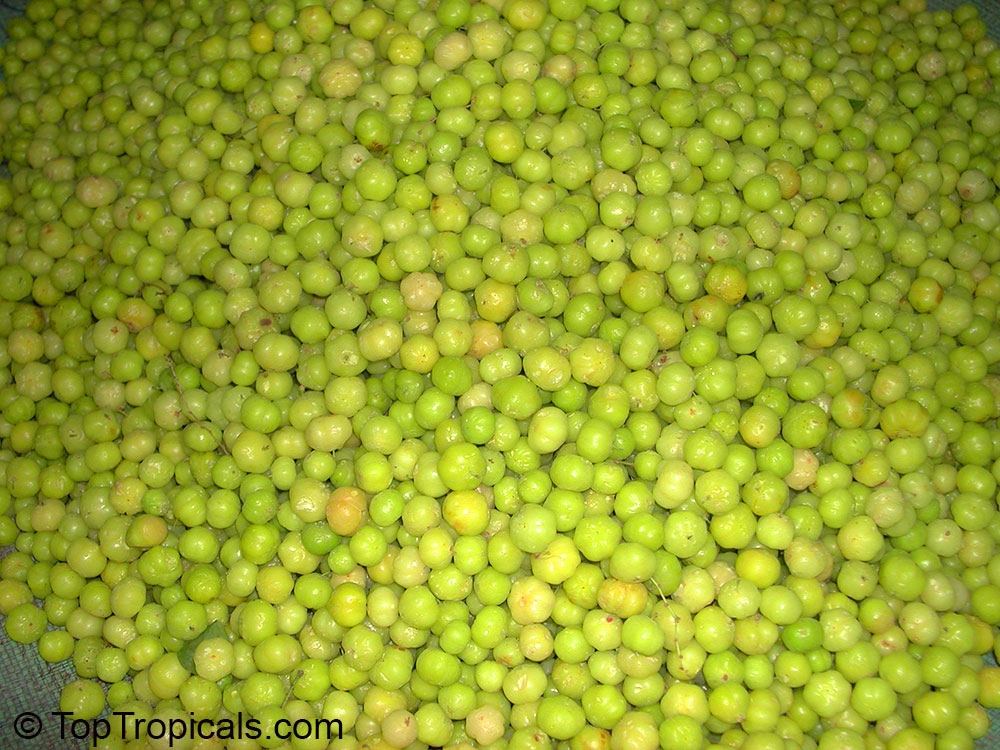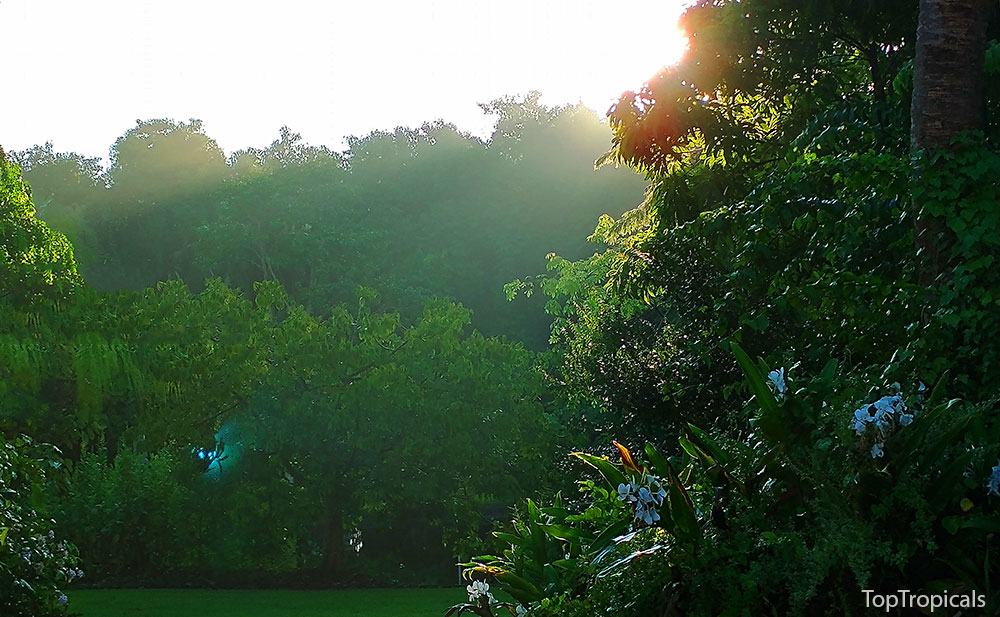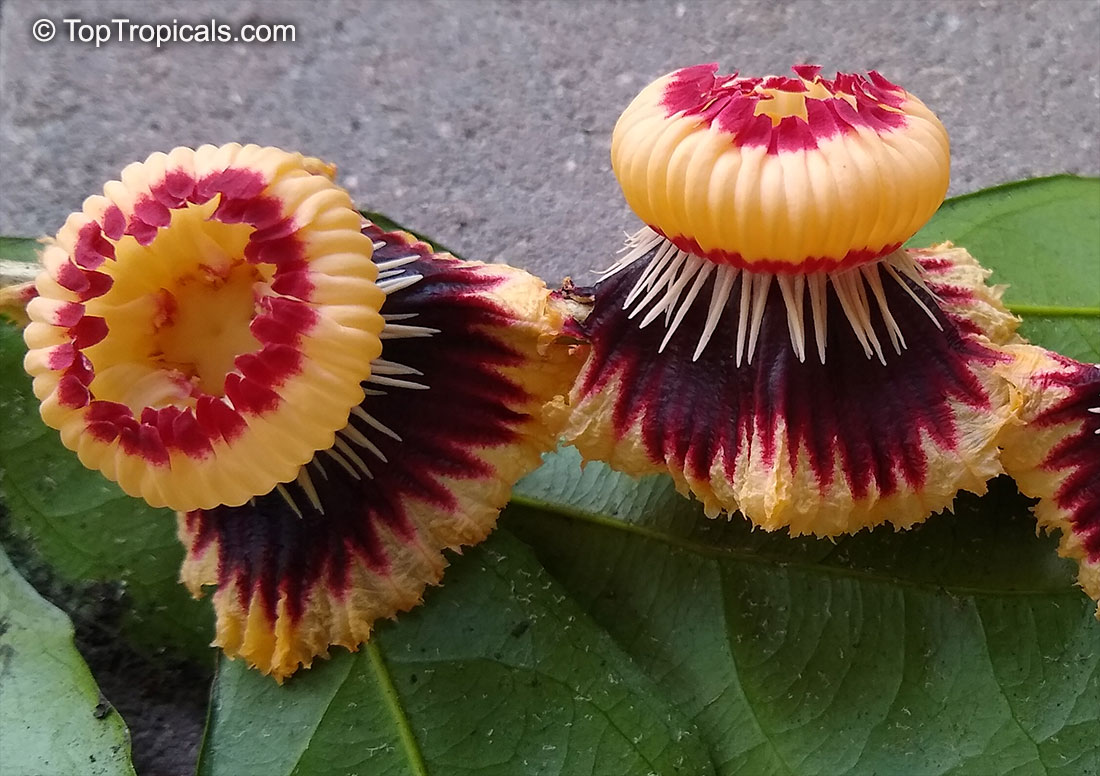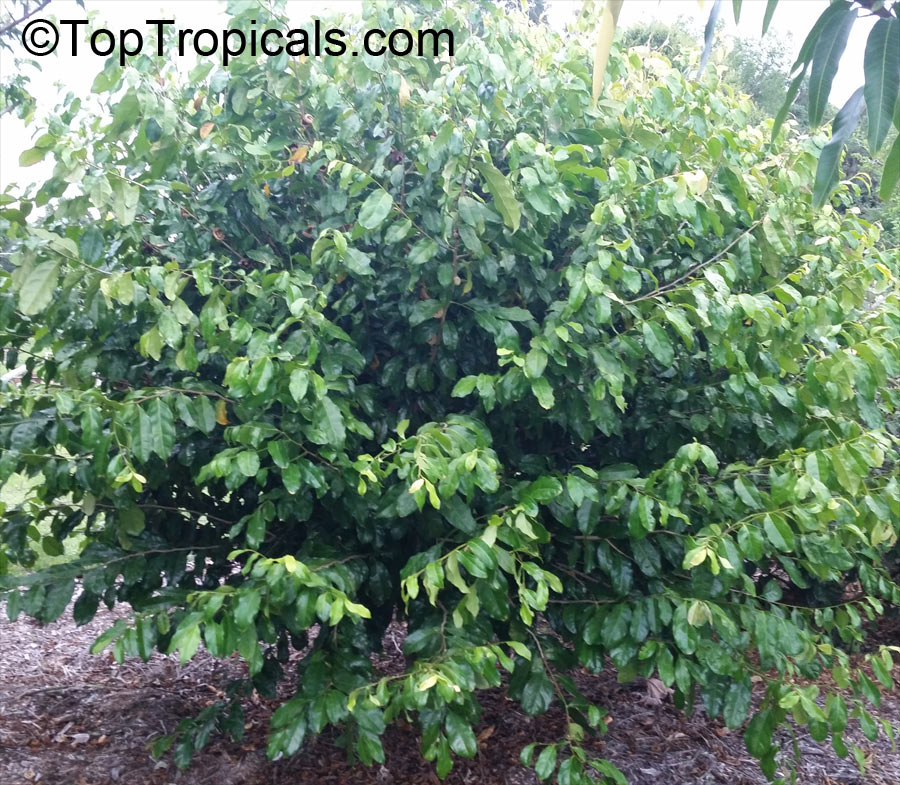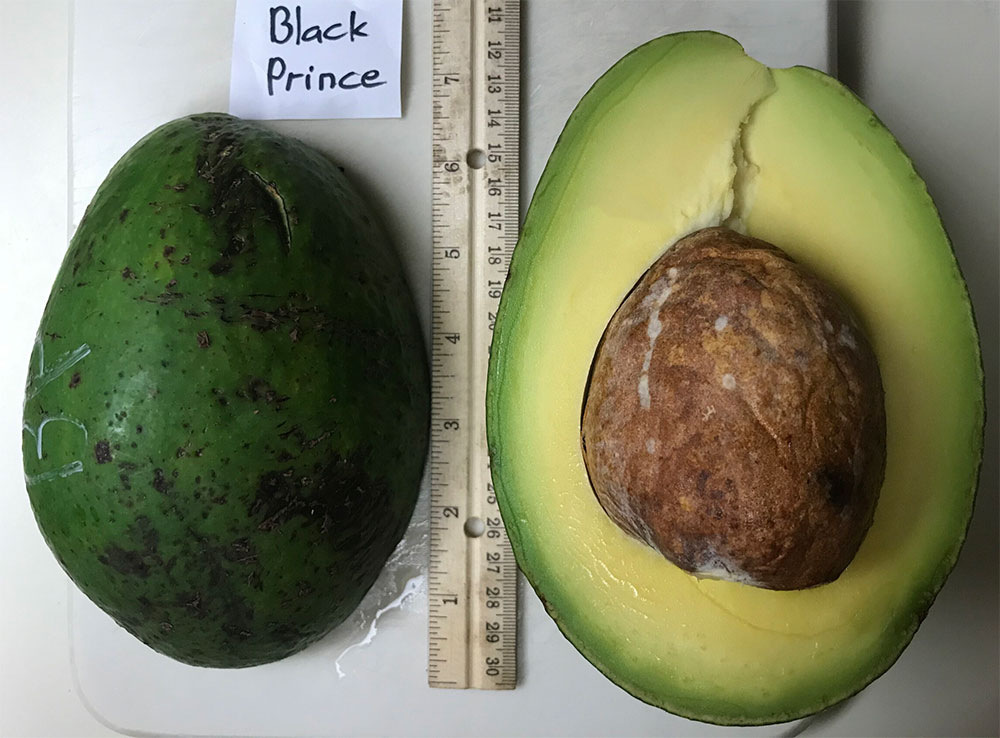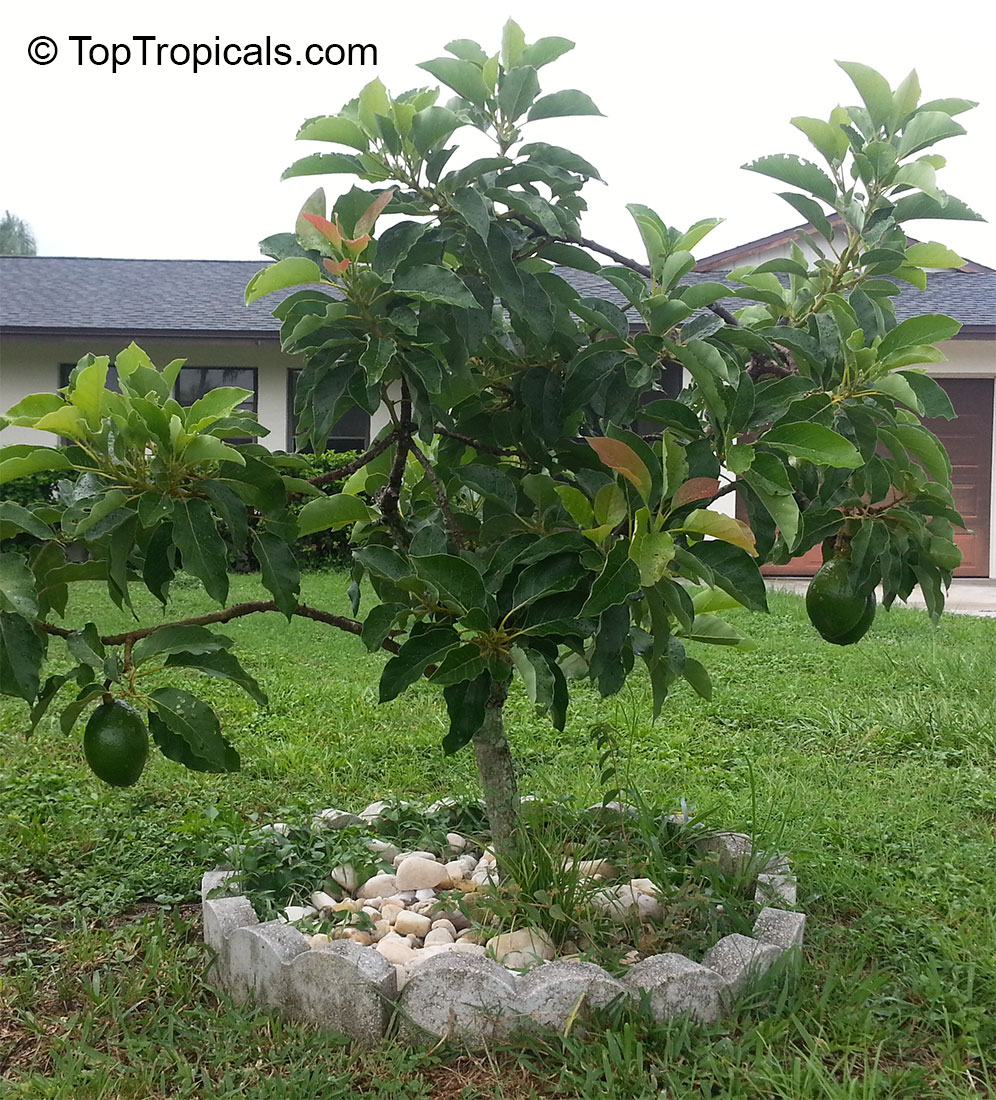Date:
What is Akee fruit?
One of the most bizarre looking, yet useful...
Email from our Florida customer:
I got an Akee tree from you last year for my tropical fruit garden collection and honestly didn't know much about what it was. This year it started growing real fast and branched out. In spring it was flowering like crazy and now I have about 20 bright coral fruit hanging off the tree that look like Christmas decorations. They are extremely showy and can be seen from far away, I have neighbors stopping by asking what kind of tree it is. I finally did more research on it and found a recipe how to cook the fruit. Only a few had ripened and opened so far, but I already had a chance to try the meal. Cooked the arils and fried in a pan with some butter. What a delicious surprise! To my taste, it is like a mix of potatoes and eggs. Just through in some bacon and it will make a complete breakfast! One of the coolest fruit I've tasted. Just wanted to share this with you.
About Akee (Blighia sapida)
This showy fruit, a close relative of Lychee, Longan, and Rambutan, is a
National fruit of Jamaica. It is indeed very exciting one, and what is also
important, the tree is easy in cultivation, fast growing and can be maintained compact. I it is
not bugsy or picky about soil/water conditions, and is relatively cold tolerant for
being a tropical tree. You can find delicious akee meals only in Jamaican restaurants. But no
need to search for it - grow your own tree, it can't be easier. It will start
fruiting for you the next season, you don't have to wait long. Sometimes it
fruits twice a year! However, remember, the fruit is used as a vegetable, and is not eaten raw. It must be
picked after the fruit has opened naturally so the flesh is fully exposed to
light. When the fruit has "yawned", discard the seeds (or better plant them to
grow more trees - to share with your friends!). The arils, while still fresh
and firm, are best parboiled in salted water or milk and then lightly fried in
butter. Then they are really delicious!
Read
more about this tree...
